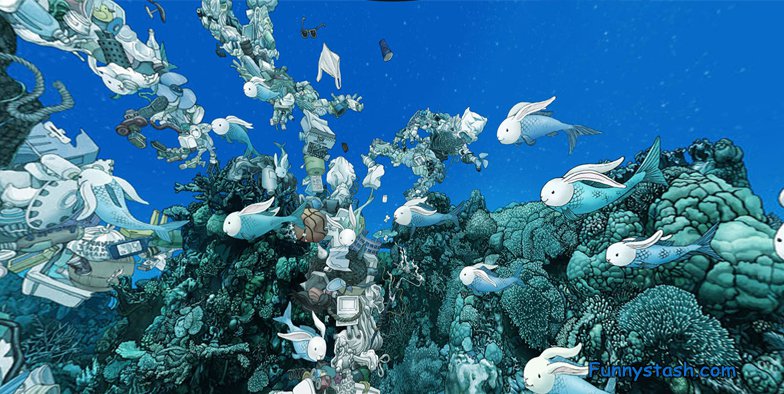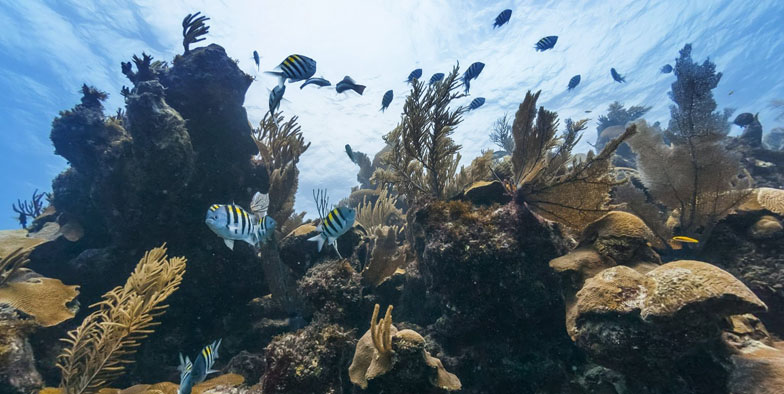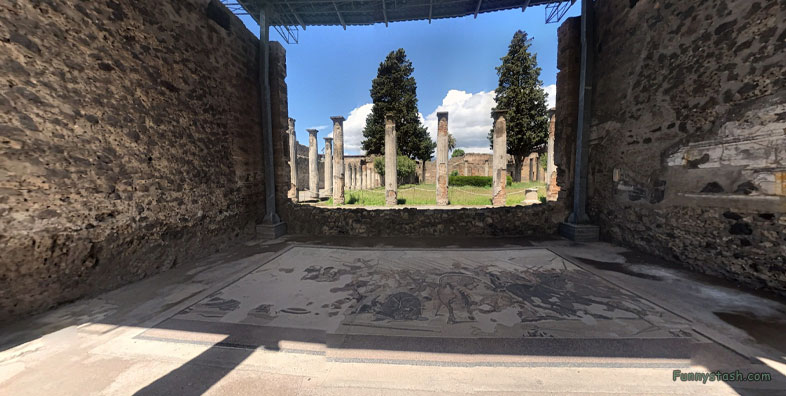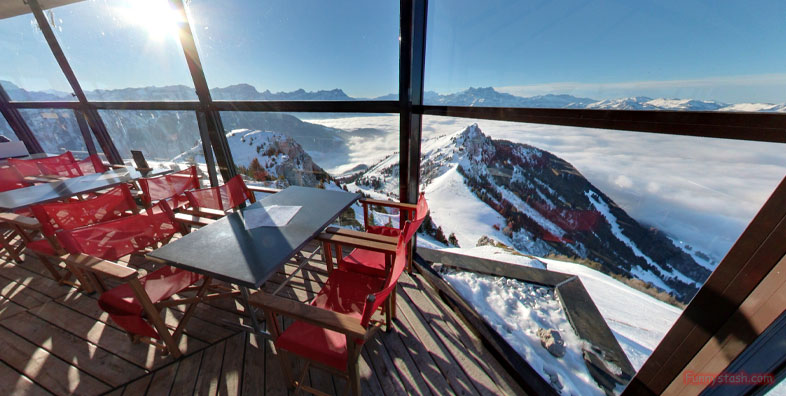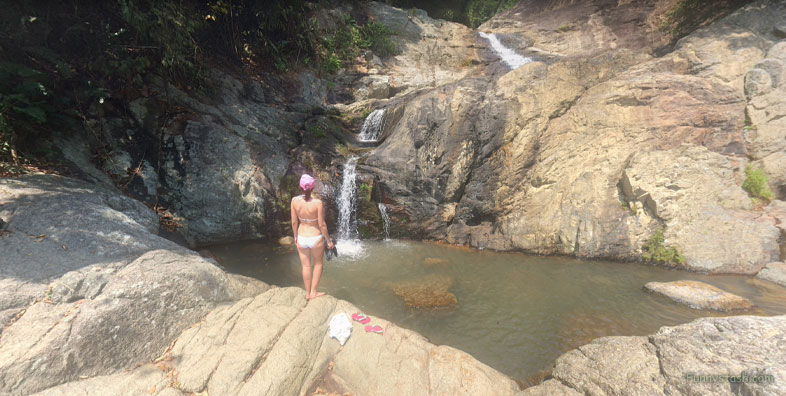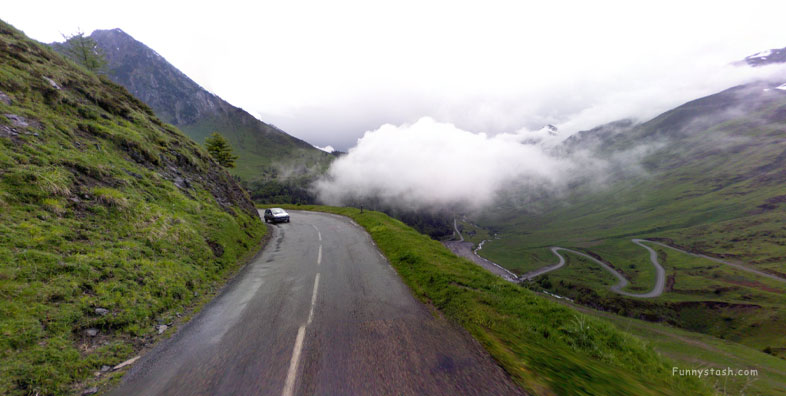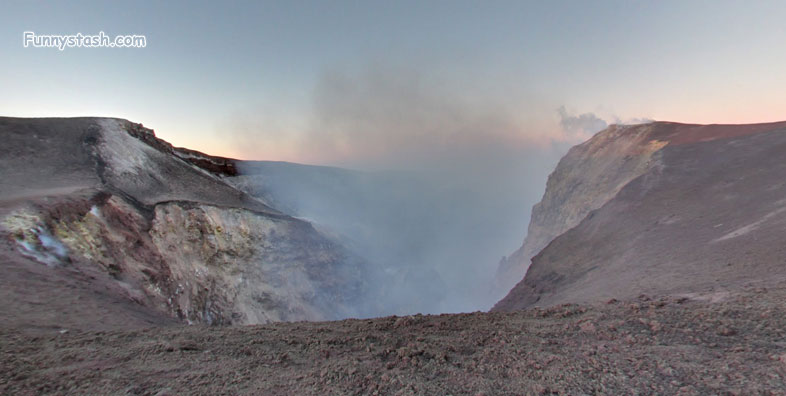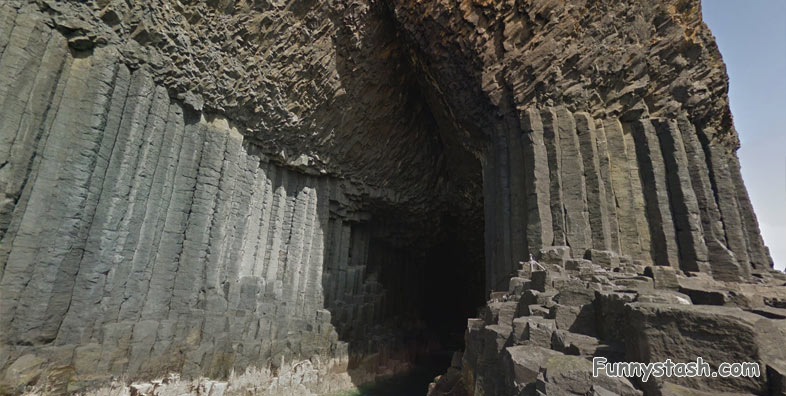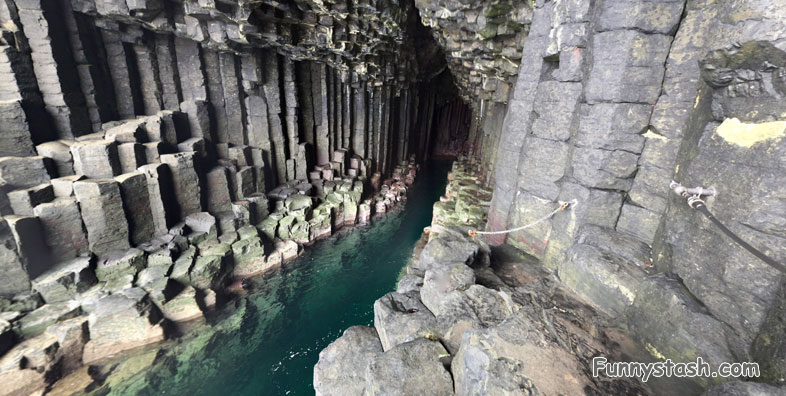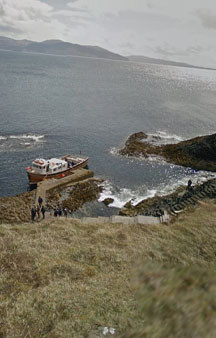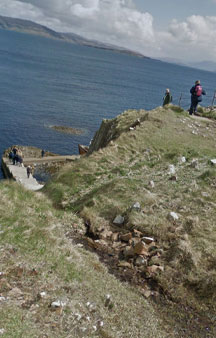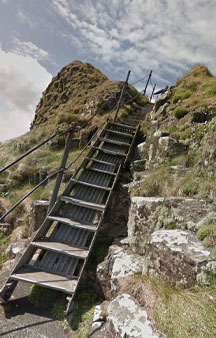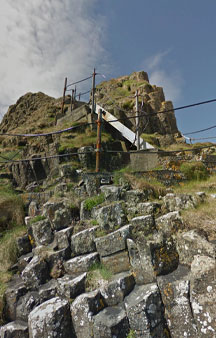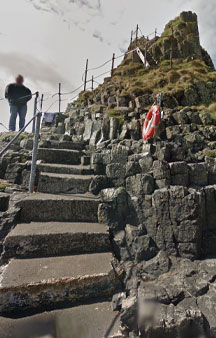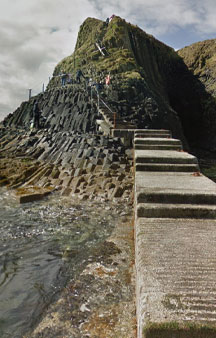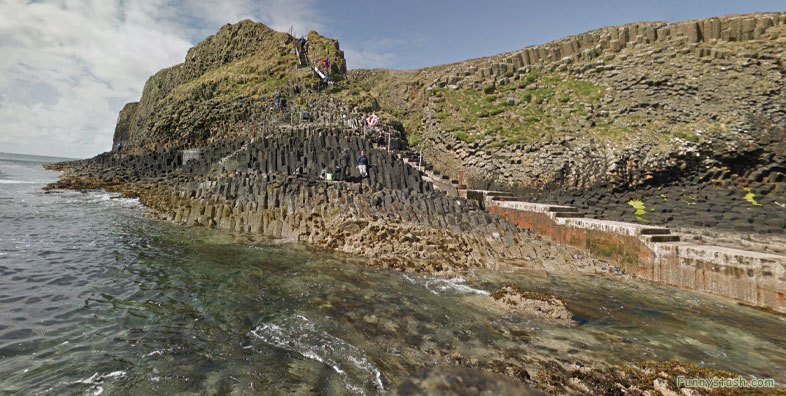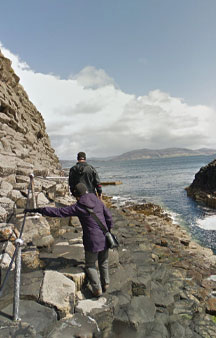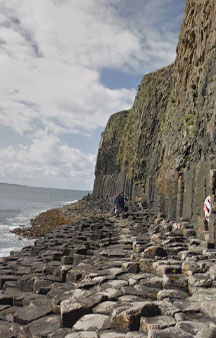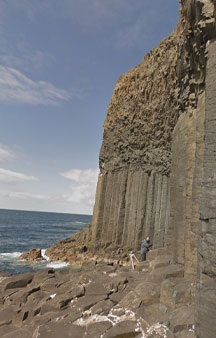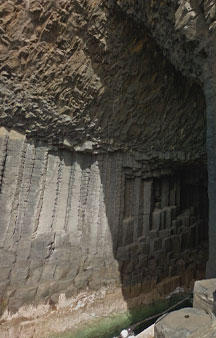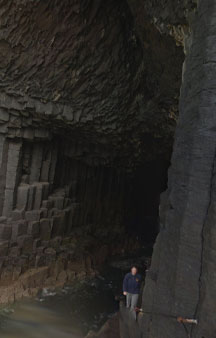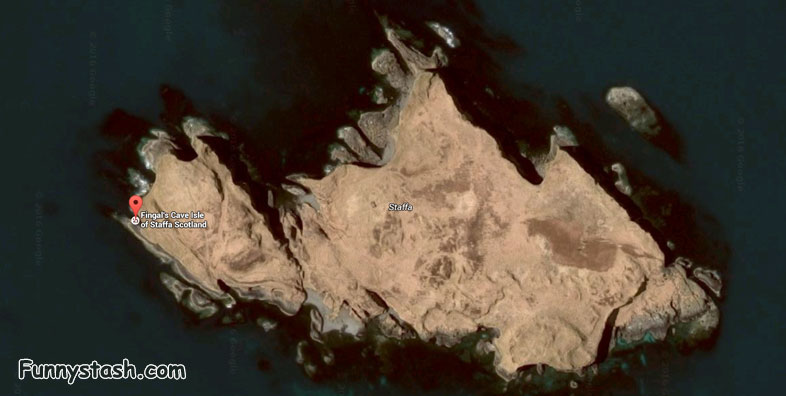Gps Coordinates / 56.4313474,-6.3412919
Fingal Cave Staffa Scotland Travel n Adventure 360 Links
Isle of Staffa Scotland
Created from 66 to 56 million years ago in the Paleocene era from a lava flow when gant repitles roamed the earth, many musicians of the 18th century would visit here as it gave off a natural acoustic noise of a Cathedral, most famously visited by the Scots poet historian James Macpherson, only discovered in 1772 what they must have thought when they discovered an alien structure with natural acoustics of a modern opera house Cathedral from back then, must have felt like quite the discovery, it attracted alot musicians, poets and royalty in the 18th century when the poems started to make i popular, even Queen Victoria of the 18th Century made the trip into the turbulent Scottish waters to see
GPS coordinates / 56.431347, -6.341290
Mentioned in novel Journey to Center of the Earth
It became known as Fingal's Cave after the eponymous hero of an epic poem by 18th century Scots poet-historian James Macpherson. It formed part of his Ossian cycle of poems claimed to have been based on old Scottish Gaelic poems. In Irish mythology, the hero Fingal is known as Fionn mac Cumhaill, and it is suggested that Macpherson rendered the name as Fingal (meaning "white stranger") through a misapprehension of the name which in old Gaelic would appear as Finn. The legend of the Giant's Causeway has Fionn or Finn building the causeway between Ireland and Scotland.
Journey to the center of the earth
Link Location Gps / Gps Link -6.3395414 / Gps Link -6.3397878 / Gps Link -6.3393528
Gps Coordinates / 56.4330217,-6.3395414 / 56.4326019,-6.3397878 / 56.4326913,-6.3393528
Queen Victoria also made the trip.
Part of the Ulva estate of the Clan MacQuarrie from an early date until 1777, the cave was brought to the attention of the English-speaking world by 18th-century naturalist Sir Joseph Banks in 1772.
aye, thee be sea monsters if ya kin dare
Link Location Gps / Gps Link -6.3392811 / Gps Link -6.3392597 / Gps Link -6.3390963
Gps Coordinates / 56.4327206,-6.3392811 / 56.4327772,-6.3392597 / 56.4329003,-6.3390963
At the harbor of fingal cave, ½ mile long and ¼ mile wide island has its own harbor
GPS coordinates / 56.4328006,-6.3389288
Township of Fingal, Tasmania was named after cave
Fingal's Cave is formed entirely from hexagonally jointed basalt columns within a Paleocene lava flow, similar in structure to the Giant's Causeway in Northern Ireland and those of nearby Ulva.
respect to senior citizens making the trek, elderly British royals have also attended
Link Location Gps / Gps Link -6.3395526 / Gps Link -6.3398067 / Gps Link -6.3410655
Gps Coordinates / 56.4323794,-6.3395526 / 56.4322202,-6.3398067 / 56.4314344,-6.3410655
In all these cases, cooling on the upper and lower surfaces of the solidified lava resulted in contraction and fracturing, starting in a blocky tetragonal pattern and transitioning to a regular hexagonal fracture pattern with fractures perpendicular to the cooling surfaces. As cooling continued these cracks gradually extended toward the centre of the flow, forming the long hexagonal columns we see in the wave-eroded cross-section today. Similar hexagonal fracture patterns are found in desiccation cracks in mud where contraction is due to loss of water instead of cooling.
this is where the official tour ends and tourist panorama360s begin
Link Location Gps / Gps Link -6.3411949 / Gps Link -6.3412177
Gps Coordinates / 56.431424,-6.3411949 / 56.4314405,-6.3412177
There's hand rails and a pathway to enter safely, there's cruise boats that circle the island regularly closed off in the winter for obvious reasons,if you enjoyed looking at this you'll also enjoy "Giants Causeway" in Ireland Belfast, there's Irish Mythology that connects these both
